
In the center of Liberia, there are still pieces of history that survive in the canton’s architecture. Most of them are buildings located on Calle Real, a 500-meter stretch of road in the heart of the white city.
Taking center stage at the entrance of the street is the old government building. The white adobe and bahareque building was built in 1850 and the “most distinguished families” celebrated important dates there such as July 25 and September 15.
There, local authorities were also visited by former President Tomas Guardia. The heart of former President Daniel Oduber is even buried in its patio.
In February of 2022, the Municipality of Liberia and the Heritage Center of the Ministry of Culture and Youth (MCJ for the Spanish acronym) began restoration work on the emblematic structure.
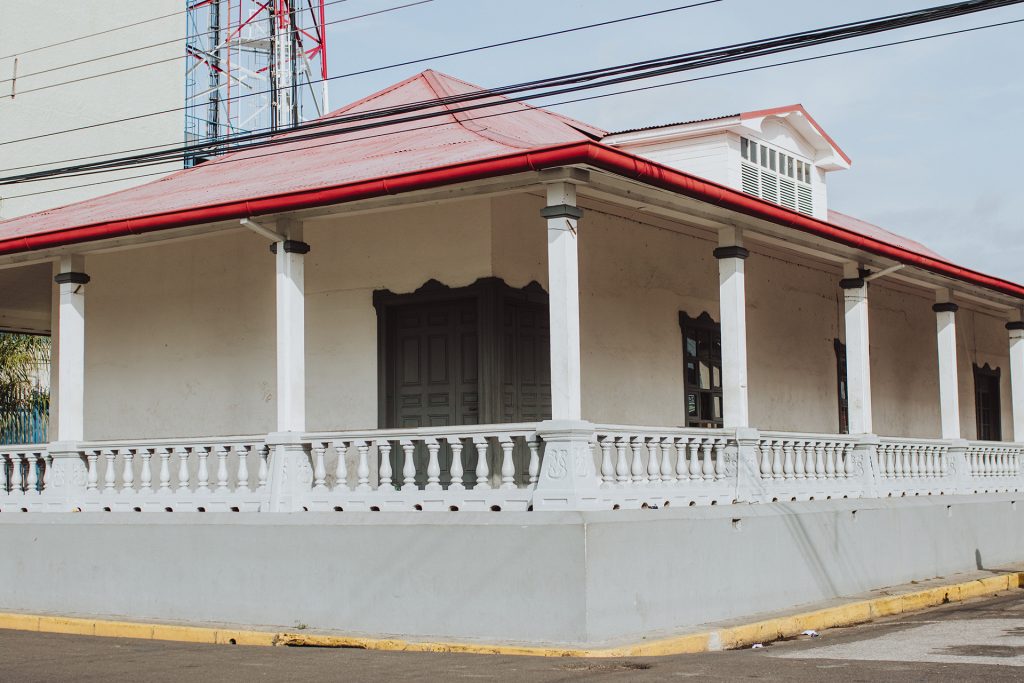
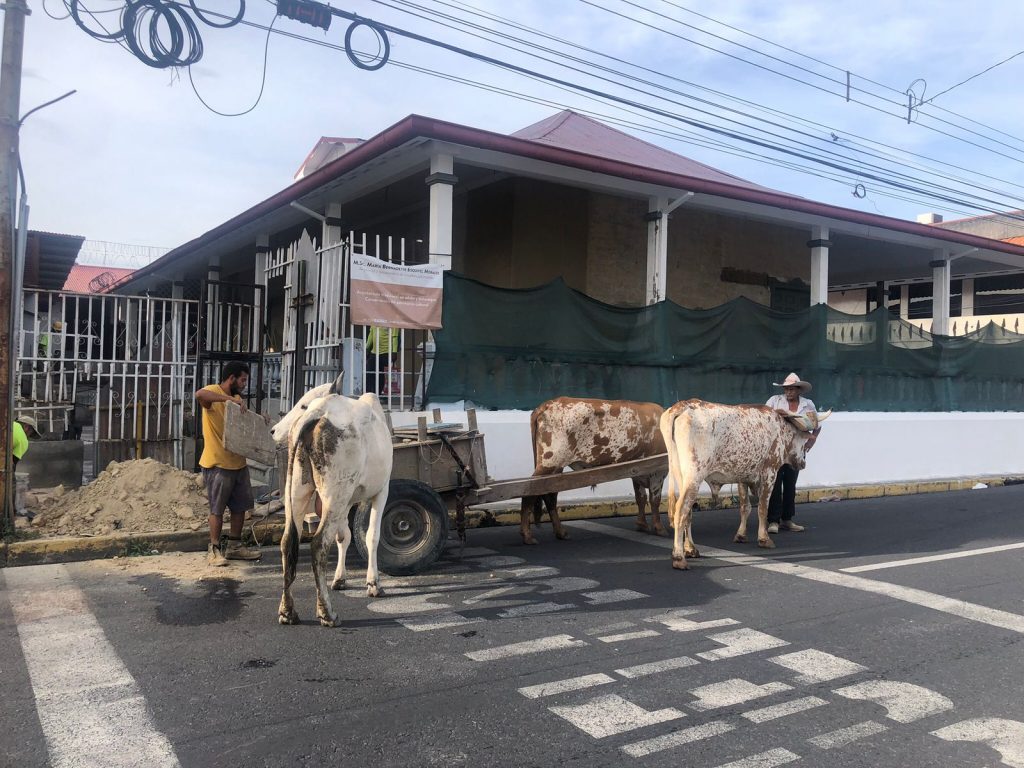
Civil Engineering students from the University of Costa Rica (UCR) performed the structural diagnostic. Later, the municipality hired architect Bernadette Esquivel. She and the heritage team defined the work to be done on the historic building.
The building is in very good condition despite its age, the architect told The Voice. The most significant work was done on the corners of the building due to the cracks they showed.
In this building, there are adobe and bahareque walls. Although both are made of earth, they are very different systems. Sometimes during earthquakes, they move differently and create cracks in those joints, although I must say that in that building, those cracks aren’t serious”, said Bernadette.
The funds for this restoration come from Law No. 9156, which allocates a percentage of taxes from the Daniel Oduber International Airport to infrastructure and cultural works in the province.
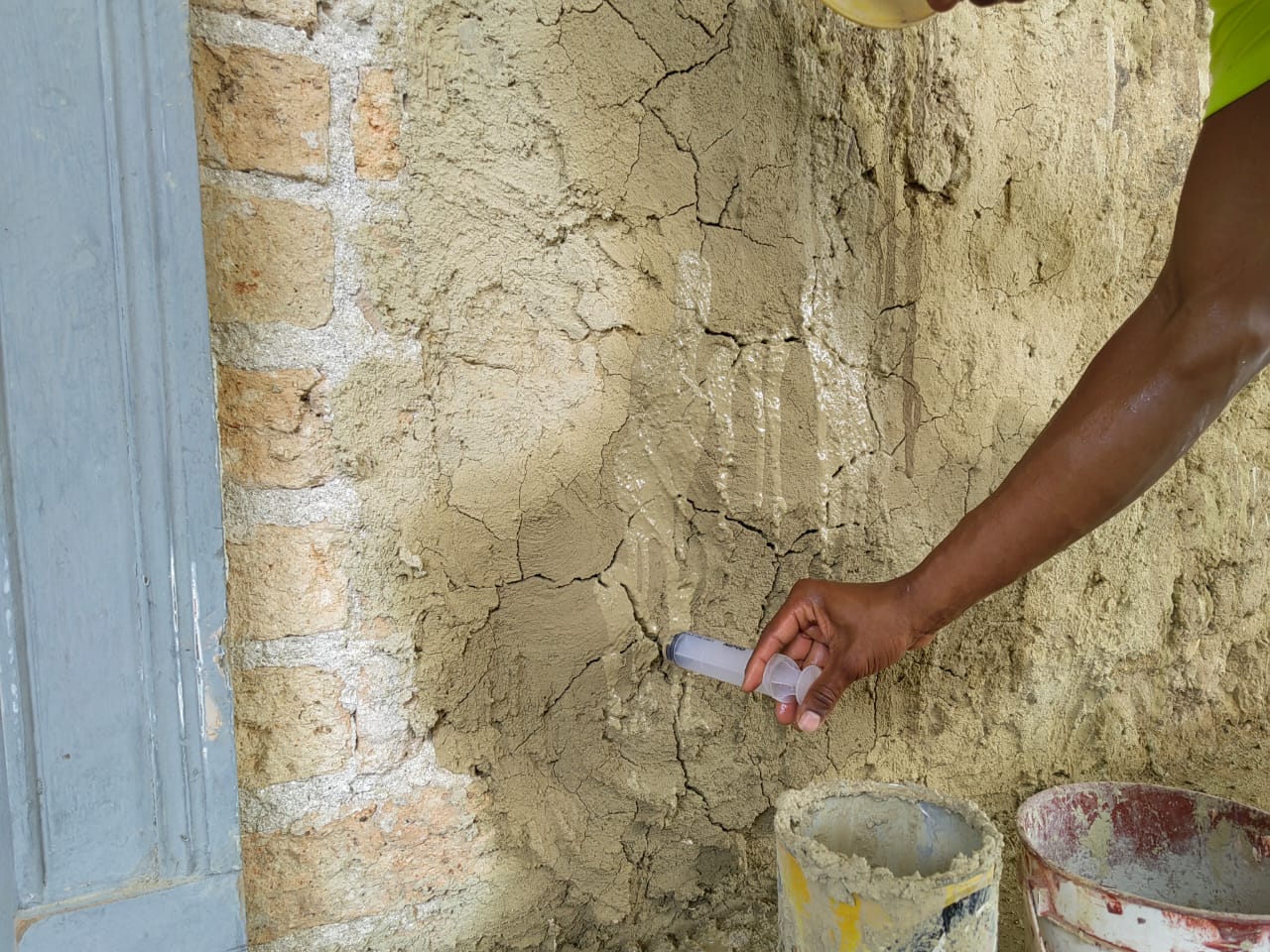
The clay is mixed with water and lime to make plaster for the walls. More water is added to that same mix to form a finer mix, called lechada or slurry, to seal cracks and as a final plaster finish. Photo: Courtesy of the Heritage Center
Recovering Tradition
Güicho Pizarro, the renowned ox herder from Liberia, has been in charge of transporting the special dirt for plastering and restoring the walls of the government building.
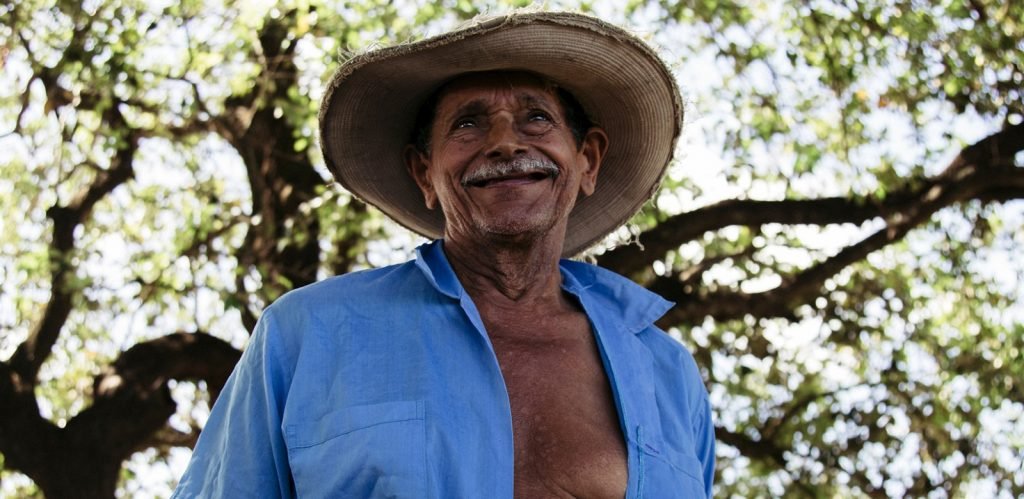
Güicho Pizarro. Photo: David Bolaños
He extracts it from a site located at the base of Rincon de la Vieja Volcano, near the Liberia garbage dump. From there to the government building, he takes the clay about five kilometers (3 miles) using a cart and two oxen.
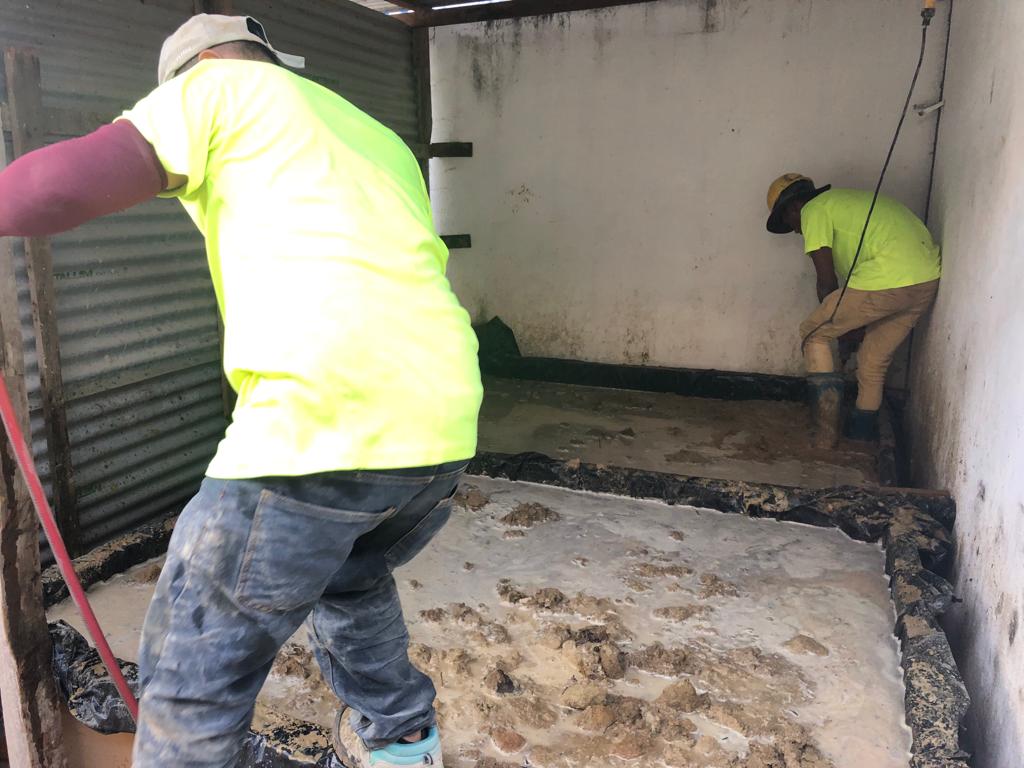
Workers pour the dirt into basins with water to make the traditional mix. Photo: Courtesy of the Heritage Center
Once there, the workers mix the clay-like dirt using their feet. Then they add water to give it the necessary texture.
Ten people who have learned to work with adobe, bahareque and to whitewash the walls using traditional building techniques have been working on this restoration.
The work will wrap up in the month of July, to inaugurate the restored building on the 25th of the month during the Annexation celebration.



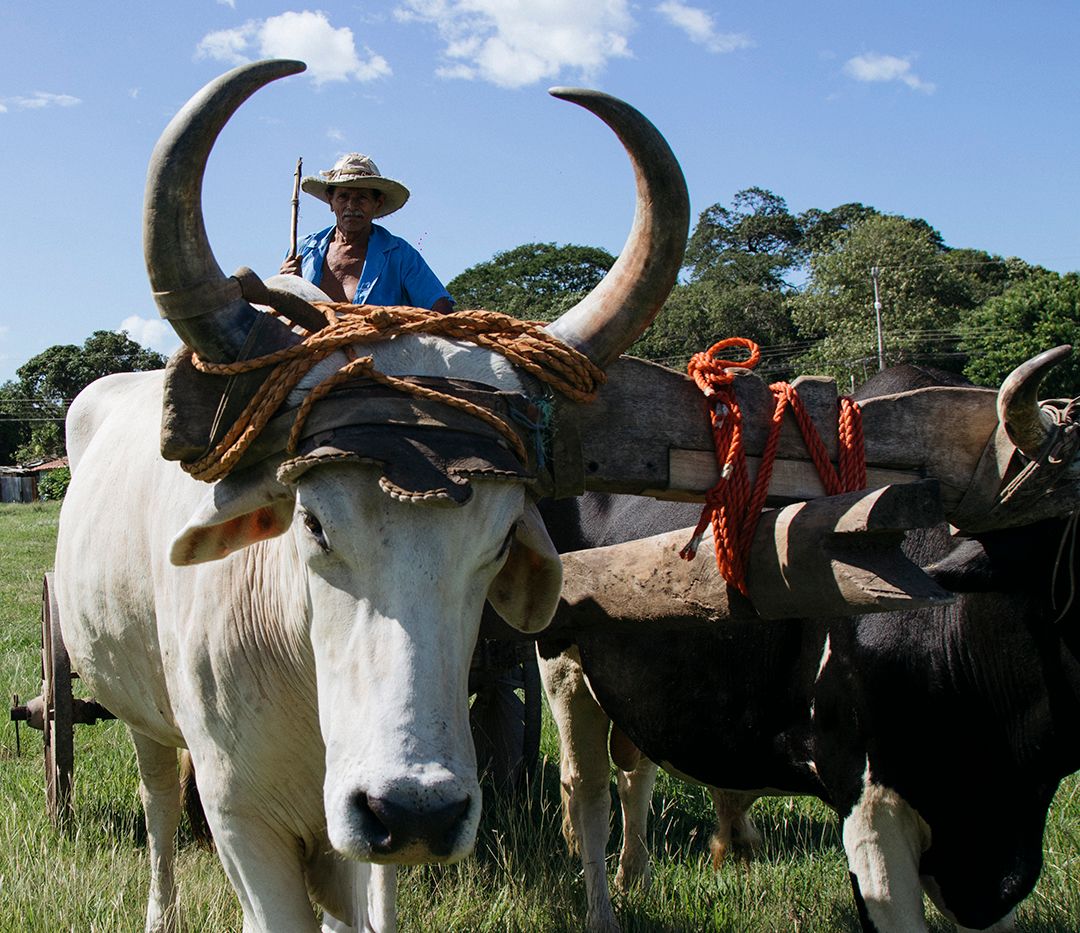
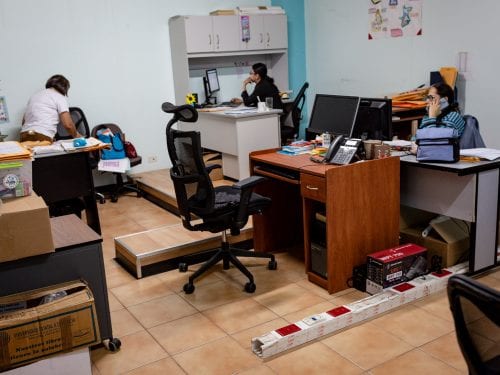
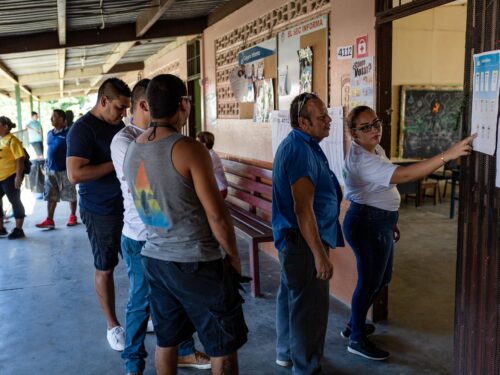
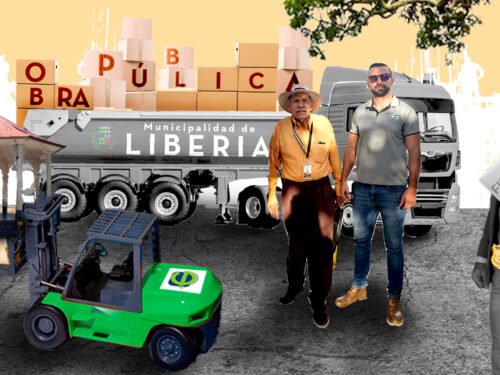

Comments